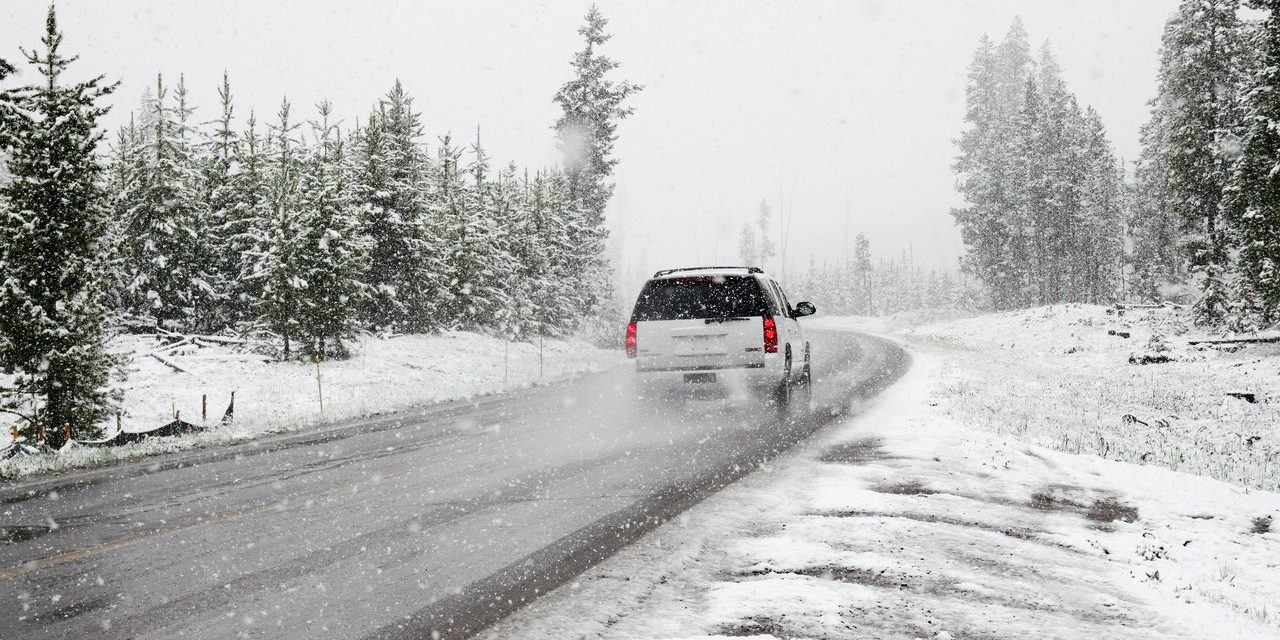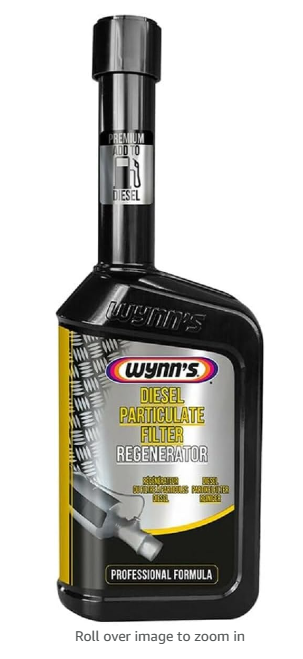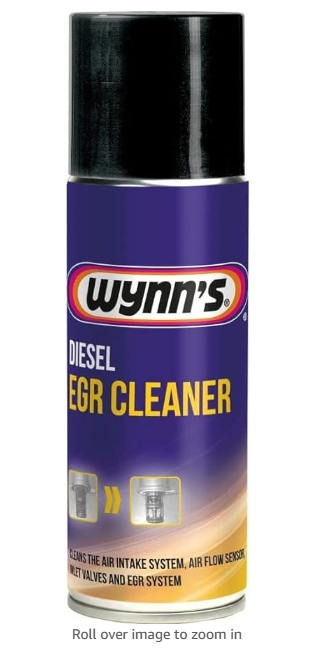If you want to keep your diesel engine up and running properly during the winter, you might want to take a break from online casino South Africa gaming to winterize your car. Even if you don’t live in sub-zero winter regions, your car still needs to be protected against snow, ice and freezing temperatures.
Mechanical devices are susceptible to cold, particularly sensitive items such as diesel engines. Both new and older diesels, especially those older, oil burners that use glow plugs, can suffer permanent damage if they’re not properly tended.
Check Your Battery
As the ambient temperature dips, the car’s battery generates fewer electrons, meaning that it will be harder for the car to start its engine. In 32 degree weather the loss can be as much as 20 percent so if the engine cranking seems labored or slow, get a battery load test done which will allow you to assess the condition of the engine. Even using voltage gauge/meter won’t give you a full picture.
If you need to replace the battery, add a battery warmer. The warmer keeps the battery heated while your vehicle is parked. A new battery, along with a warmer, will give you assurance that your engine will start and run properly in the winter.
A block heater is also a good idea. It keeps the engine block and coolant warm while the vehicle is parked.
Oil
Oil is thick and the 15W-40 crude, which is what most diesels use, thickens even more in winter temperatures. The increased viscosity makes it hard for the oil to properly flow in order to lubricate the engine. Mechanics suggest switching to 5W-40 in the winter to ensure better flow. The thinner oil will protect your engine as it thickens enough to increase oil pressure.
If your winter temperatures are subzero, try the ultra-thin 0W-40 to help take some of the stress off a the vehicle’s fuel system, starter and battery
Glow Plugs
Many of the older engines experience problems with glow plugs during cold weather. Glow plugs “warm up” a cold engine before it’s started by heating each cylinder’s combustion chamber. A mechanic with a special testing device can test your glow plugs. You won’t need to remove the glow plugs for the test.
An additional glow plugs test option involves checking the plugs’ resistance with a multimeter. The multimeter checks the plugs from the body to the connector. Place one point on the plug’s body and the second on the battery’s positive post. The reading should be between .6- and 2 ohms. Check all of the plugs and then take out any with readings greater than 2 ohms. Any new glow plugs that you install should be factory-manufactured or factory-endorsed.
Additives and Fuel Filters
Don’t ignore the fuel. Excessive moisture from fuel can freeze in the filter and the lines. Paraffin in the diesel fuel can also freeze to create a waxy gel that blocks filters and other parts of the system. Make sure that you have some isopropyl which will absorb water to reduce the fuel’s freezing point. The isopropyl leaves no contamination because it completely dissolves in diesel.
It’s also a good idea to install a clean fuel filter before winter sets in.
Exhaust Fluid
Don’t forget to winterize diesel exhaust fluid (DEF). DEF freezes at 11 degrees Fahrenheit so you need to properly maintain and dispense it so that its quality is preserved. If it freezes it will expand and can damage the vehicle’s DEF-storage tank. Therefore, it’s a good idea to keep the tank only three-quarters full in the winter.
If the DEF does freeze, don’t try to get it to melt by adding additives. If the fluid isn’t pure, it won’t work properly. Start the engine and the heating element will thaw the DEF.
To prevent problems, only use DEF that has shelf life. If you don’t see a date on the container, ask for the most-recently delivered DEF. You should see the American Petroleum Institute’s (API) certificate on the bottle to ensure proper quality.
Always store DEF at the recommended temperature (typically between -12 and 86 – degrees Fahrenheit). Don’t store DEF in your vehicle for any length of time. Don’t store DEF in sunlight or extreme heat.






